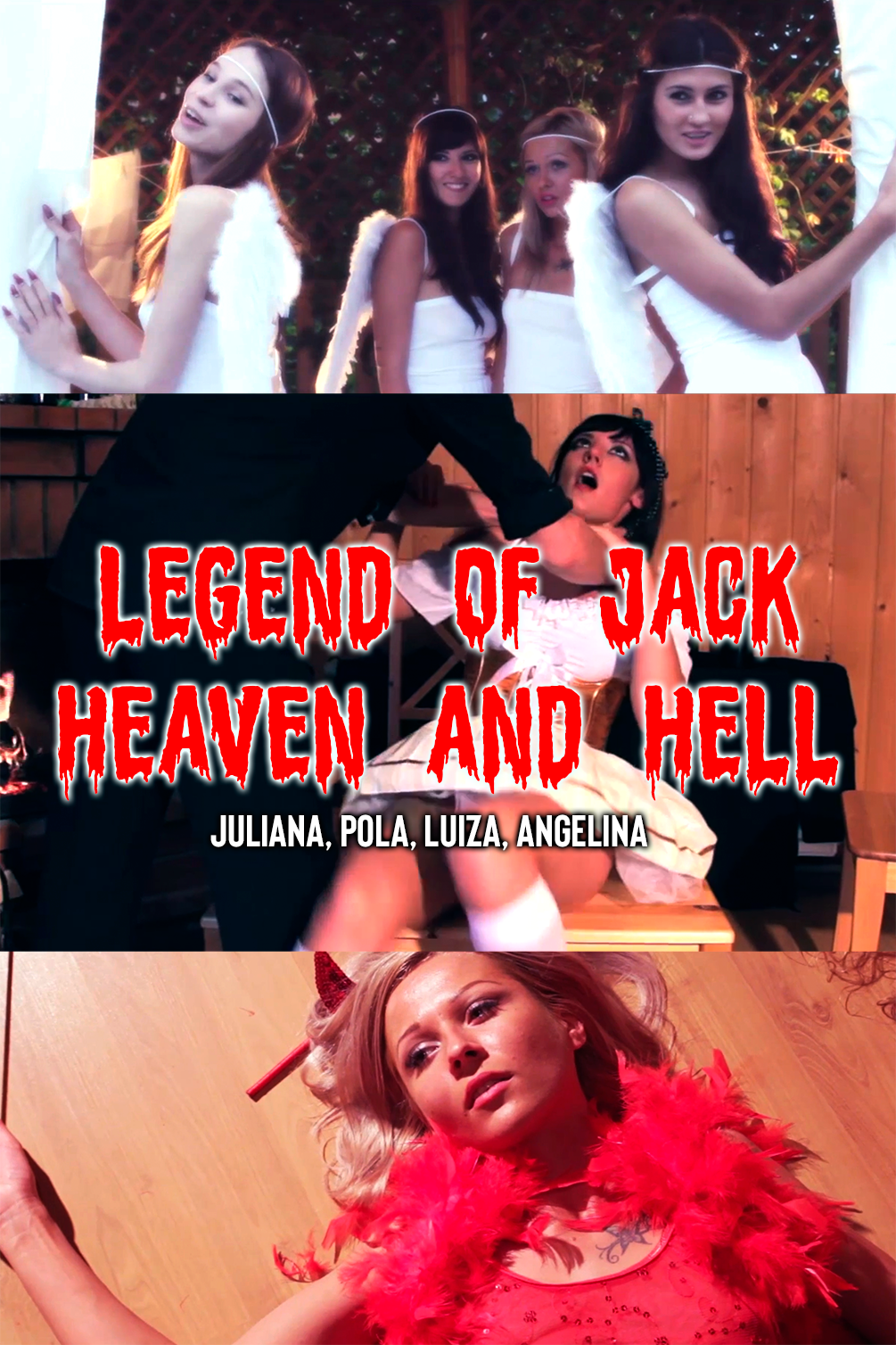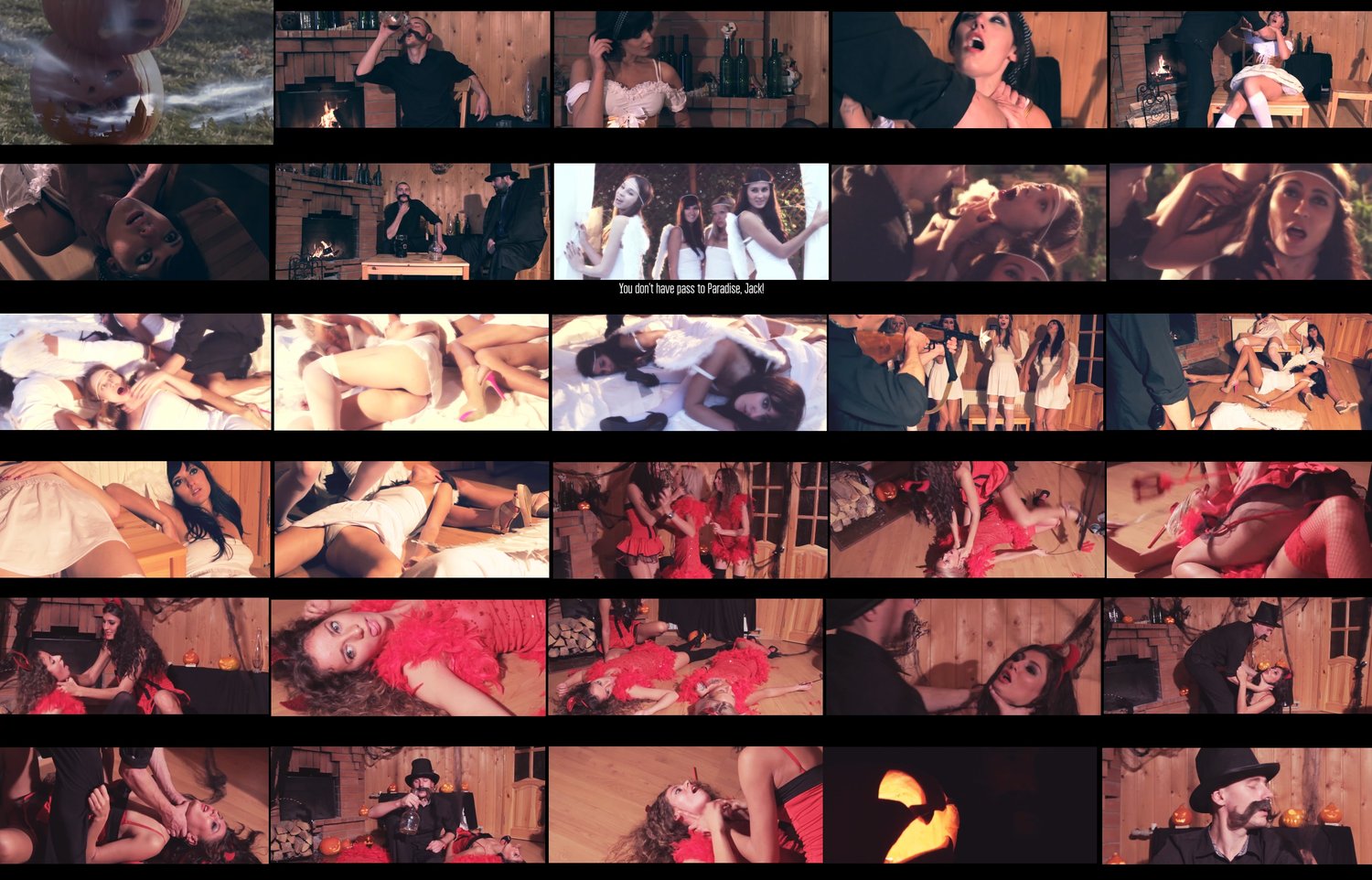LEGEND OF JACK: HEAVEN AND HELL
This independent arthouse film tells the Celtic legend of the origin of the Jack-o'-Lantern character in Halloween mythology—that same pumpkin that appears in homes and streets of Western cities every October 31st.
In the misty hills of Ireland lived a cunning blacksmith named Jack, a liar and a drunk. One day, in an old bar where ale flowed freely, he was drinking with a stranger in a black cloak. It was the Devil himself, come for the sinner's soul. Intoxicated, Jack proposed a deal: "Give me a coin for my soul, and I'm yours!" The Devil laughed, tossed a gold coin, and snatched the contract. But Jack cleverly hid it in a purse with a cross—the coin burned the hellish guest, causing him to howl in pain.
"Free me, and I'll give you ten years without hell!" the Devil pleaded. Jack agreed, but after the time was up, he deceived him again: he lured him to an apple tree and carved a cross into its trunk. "Never touch my soul!" he cried. The Devil left empty-handed.
When Jack died, Heaven rejected him for his sins: "You are not worthy!" Hell also closed its gates: "You have deceived me twice!" Poor Jack wandered in eternal darkness between worlds. The compassionate Devil tossed him a coal from the underworld and a pumpkin: "Carve a lantern and wander forever!" Thus, Jack Halloween, with a glowing light in his vegetable, became the ghost of Samhain, frightening travelers at night. His lantern is a reminder: cunning will not save you from fate.
In this interpretation, Jack also had problems with women. In a conflict with a barmaid, he was frustrated by the humiliation of his poverty and in his dreams imagined attacking her and destroying her. In heaven, he meets attractive female angels whom he also wanted to destroy, and in hell, Jack also encounters fantasies of violence.




